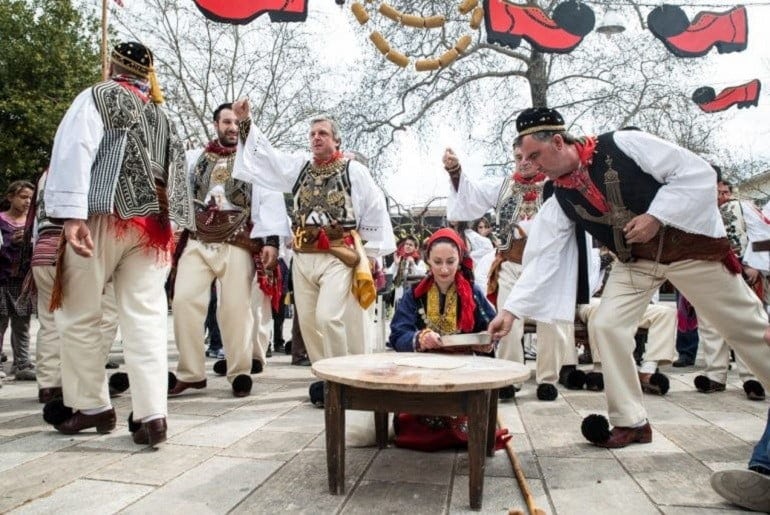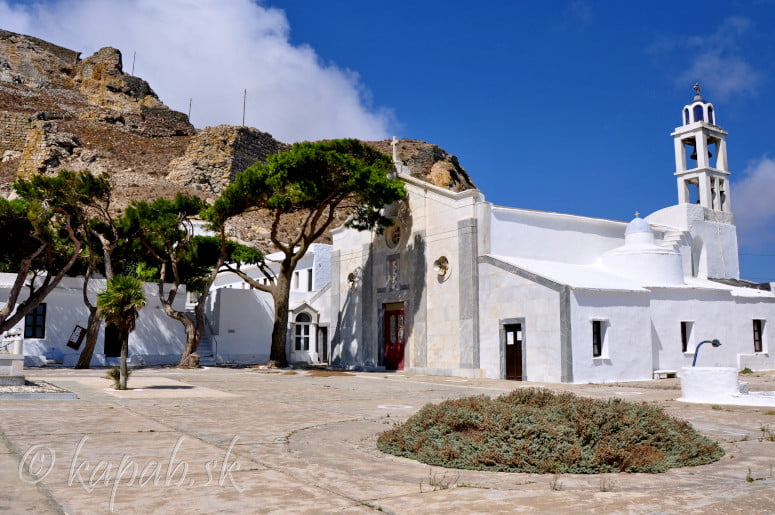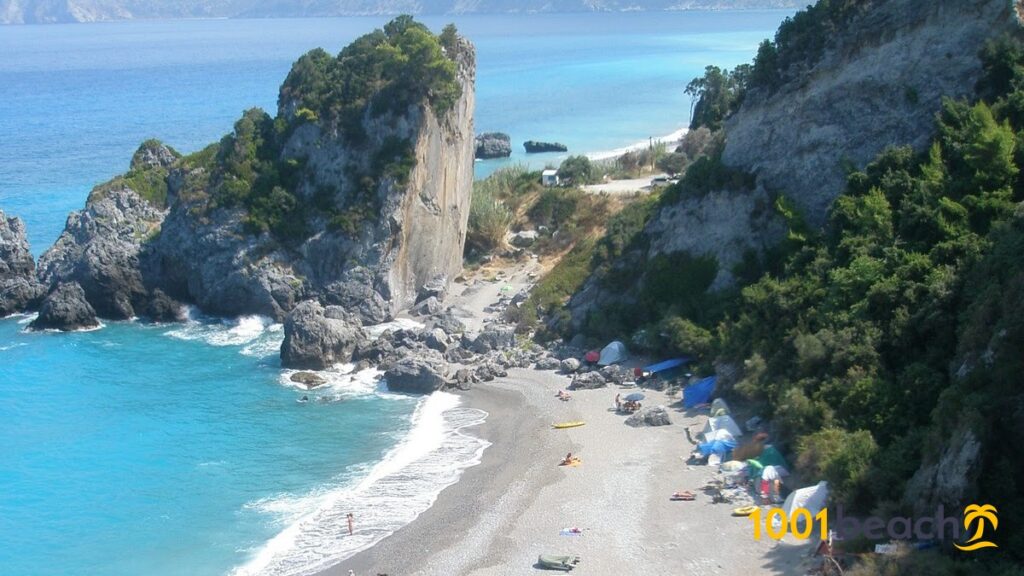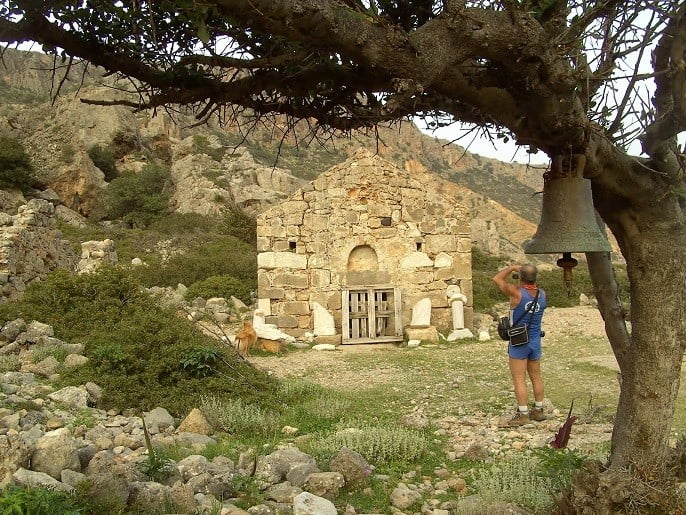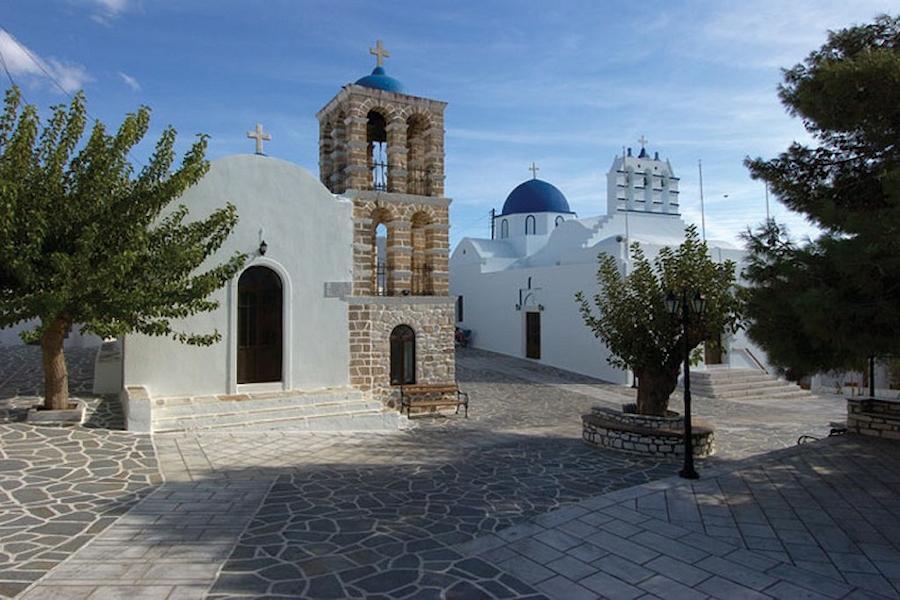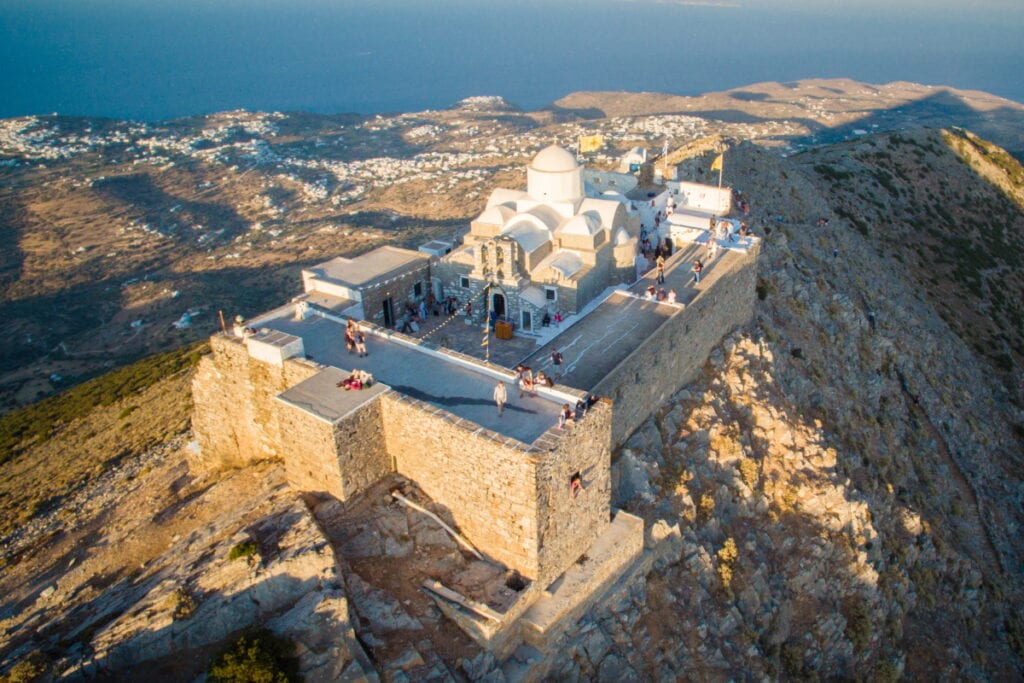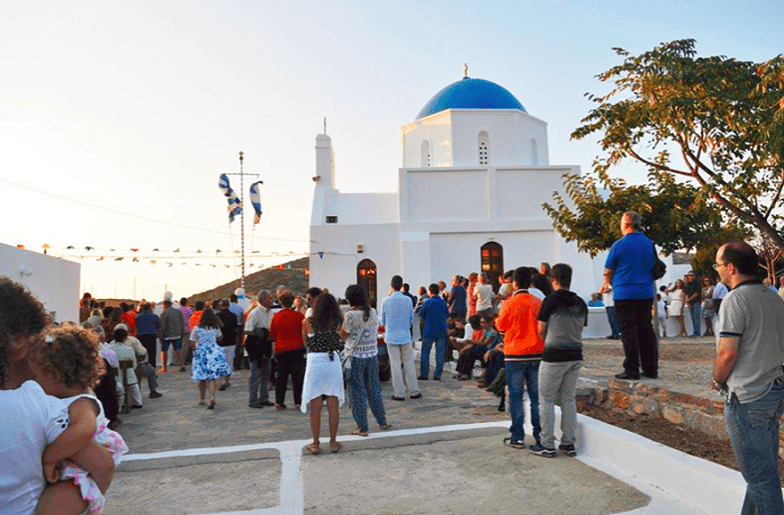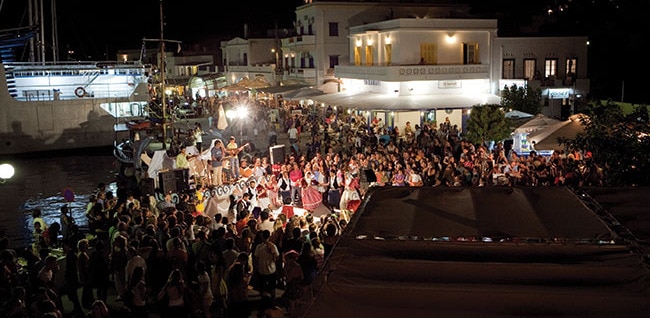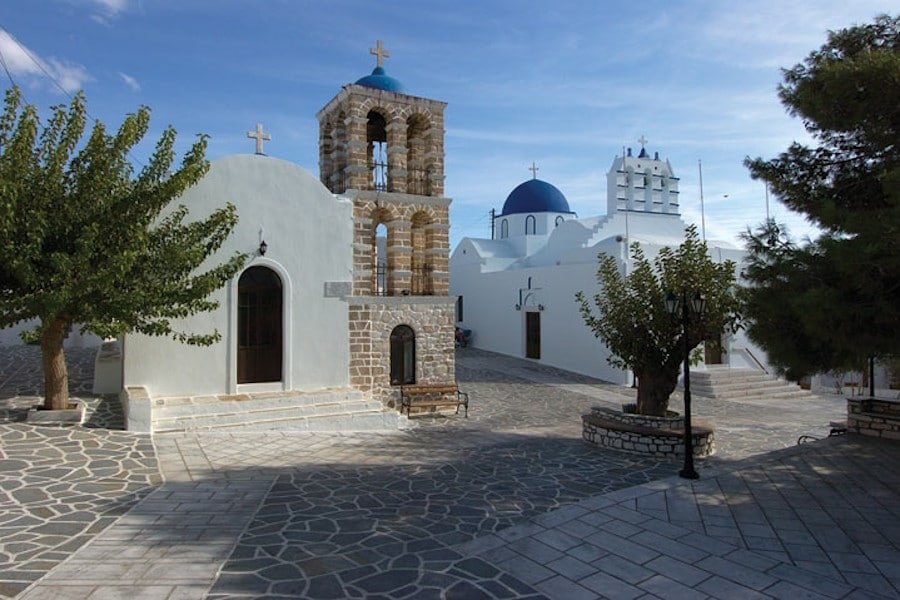For the last 200 years, on the last Sunday of Carnival (known as Sunday of Tyrini) and on Ash Monday (the first day of the Great Lent), the people of the town of Thebes, merge elements of the ancient worship of Dionysus (Bacchus) with the Christianity in a folk custom, “the Vlachikos Gamos” (Vlach Wedding), which takes place on four feast days: Tsiknopempti (‘Fat Thursday’), on the last Sunday of Carnival, on Ash Monday and on the name day of the Agii Theodori (St. Theodore) celebrated together with All Souls’ Day. It is said that in Thebes, everything is reborn and nature is renewed every year on Ash Monday, and where the Vlachs renew their rendezvous for the next year with the wish: “and to next year with the count!”—a wish that no one will be missing when next year comes around.
The wedding is a satirical rendition of a shepherd’s marriage ceremony, which became a custom for the Carnival in Thebes sometime in the mid-19th century was integrated into the national index of intangible cultural heritage supported by UNESCO. Thousands of visitors are flooding the venue to experience this event from up close. This festival is for the inhabitants of the area, and especially the Vlachs, an important part of their cultural heritage.
According to the folklorists, the custom incorporates in a wonderful way, elements of the customs and folkways of the agrarian Vlachs who settled in the region of Thebes after their descent from the region of Aspropotamos in the Pindos a few years after the founding of the modern Greek state. The mock wedding incorporates elements of the ancient cult of Dionysus that are preserved in the memories of the local inhabitants of Thebes, where Dionysus was born.
On the morning of Ash Monday, the skaros (the wake-up call of the Vlachs) is shouted out. Each troupe lights up a fire in the central square on the pedestrian Epaminondas street and ‘the bride’s pie’ is baked on the glowing embers. Around the fire, the lads dance the War Dance. Revelry and wine go on until noon when the groups gather at the charming chapel of Agia Triada (Holy Trinity) for the last preparations for the wedding procession and ceremony. Together, the Vlachs lay out a common table with Lenten dishes, sharing them with the invited officials while visitors and guests clink their wine glasses, making toasts as they drink fine Theban retsina. At two in the afternoon, the wedding procession begins with the wedding couple riding in a carriage drawn by specially chosen horses. The “troupes” and the visitors follow up dancing and everyone wishes the couple a joyful life. The procession ends at the center of Thebes, where the shacks of the in-laws are set up. There, the ground is cleared and the in-laws engage in derisive talk about the bride’s “flaw”. The bride’s secret is shared in public, but eventually, the in-laws resolve their differences and agree to the marriage of their children.
Afterward, the Vlachic groups gather in the central square, where the custom culminates with the “Dance of the Departed” (a pre-Christian element), a Ceremony to Hades (the ancient Greek land of the dead and its god), symbolizing the end of winter and the coming of spring, as well as the victory of life over death. The festivities conclude with the Vlachs’ tabors dancing to the beat of the drums, which will be heard until Tuesday morning.
The Theban Carnival is a unique, authentic Greek choice for the visitor. It is a genuine carnival filled with the history of our country and culture, inextricably linked to the traditional festivities and offering the visitor the once-in-a-lifetime experience without having to spend money. In particular, the visitor is able not only to watch but also to take part in the recreation of the Vlach Wedding during these festive days.
Photo: driverstories.gr

